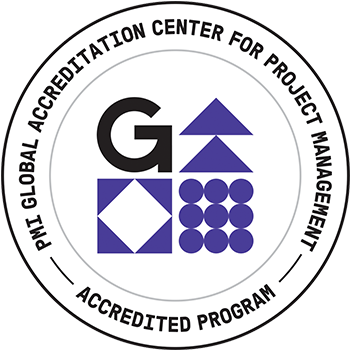In this presentation, attendees will learn how agile teams use cumulative flow diagrams (CFDs) to map their current workflow, expose their bottlenecks, limit work-in-progress, and improve their throughput by upholding “Little’s Law.”
Cumulative flow diagrams can appear mystical at first, but with this gentle introduction, you’ll quickly learn what they are and why agile teams use them to improve the way they work together. Soon, you’ll see how easy it is to interpret a cumulative flow diagram and diagnose what’s happening inside your agile team’s workflow process.
You can immediately take your learning in this presentation back to work by using a pre-built, dynamic cumulative flow diagram which is just one of many worksheets inside the freely licensed, Excel-based, Statistical PERT® Normal Edition workbook. This dynamically-constructed CFD works with any agile team, any backlog management tool, and with any way of sizing the team’s decomposed work items. You simply map your team’s workflow steps into the CFD worksheet and start counting how many work items exist in each step at regular intervals (usually daily). That’s it!
Here are your three key take-aways:
- Understand what a cumulative flow diagram is, and why agile teams like using them to improve the way they work together
- Understand how to “read” a cumulative flow diagram to spot bottlenecks and other workflow process issues
- Discover how to map your team’s workflow and start using a cumulative flow diagram to visual, then improve, your agile team’s workflow
PMI Talent Triangle: Technical Project Management (Ways of Working)

